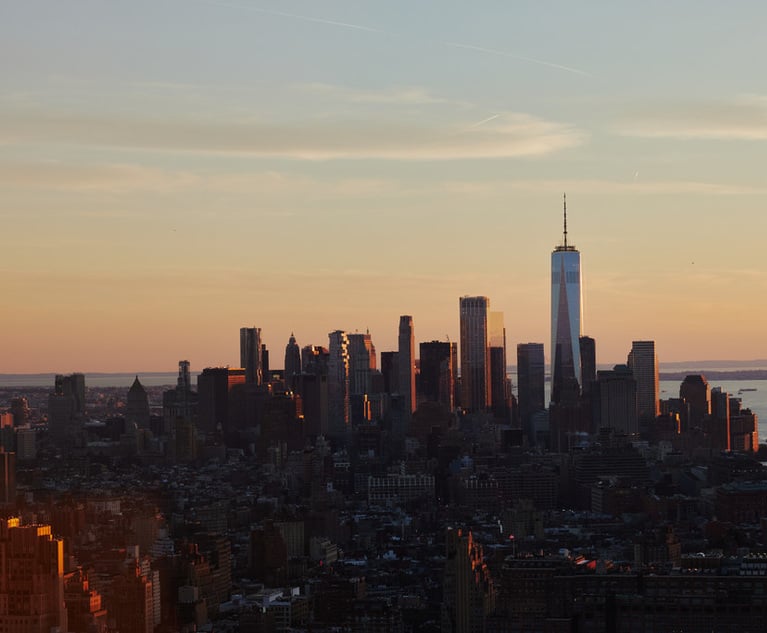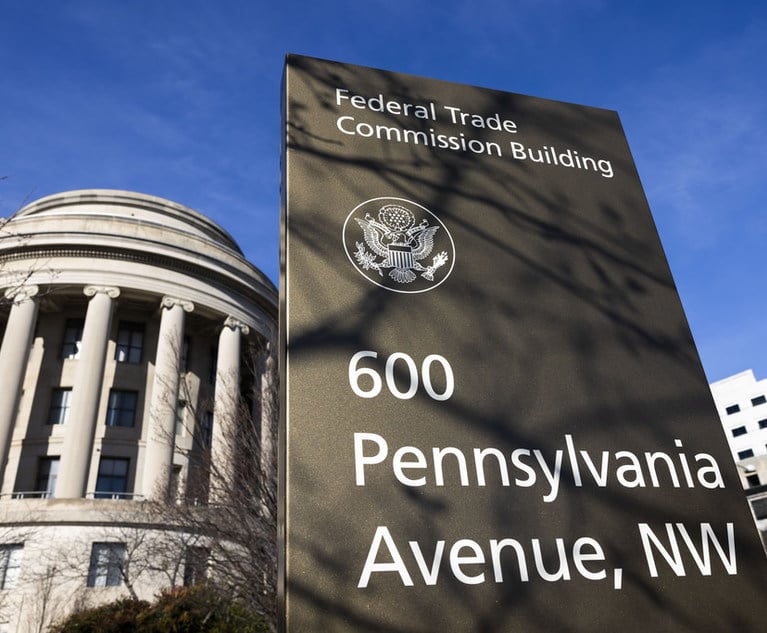In the wake of the COVID-19 pandemic, New York City office vacancies have remained high, particularly in older buildings. At the same time, the city is experiencing a housing shortage, and repurposing unused offices for housing would seem to be a straightforward way to tackle both challenges. Even in districts where residential use is permitted as-of-right, however, accomplishing a conversion can be difficult, as purpose-built commercial or industrial buildings often have deeper floor plates, more floor area, and greater lot coverage than would be permitted for a new residential building.
Policymakers have announced potential reforms that would address these challenges, including in the “Making New York Work for Everyone” action plan, announced by Governor Kathy Hochul and Mayor Eric Adams in December, and the “Office Adaptive Reuse Study” published by the New York City Department of City Planning this month. Proposals include revisiting the residential floor area limitation set forth in the State’s Multiple Dwelling Law (MDL), which caps residential use at a floor area ratio (FAR) of 12 (i.e., 12 times a property’s lot area); expanding the geography in which older buildings can be converted using relaxed standards to include all high-density commercial districts; and allowing non-residential buildings constructed prior to 1991 to utilize favorable light and air regulations when converting to residential use.







